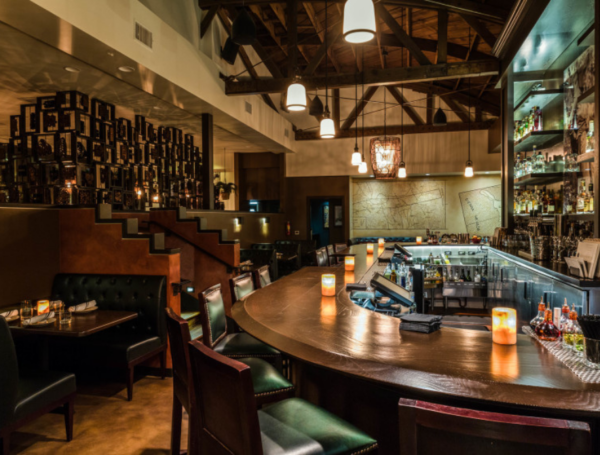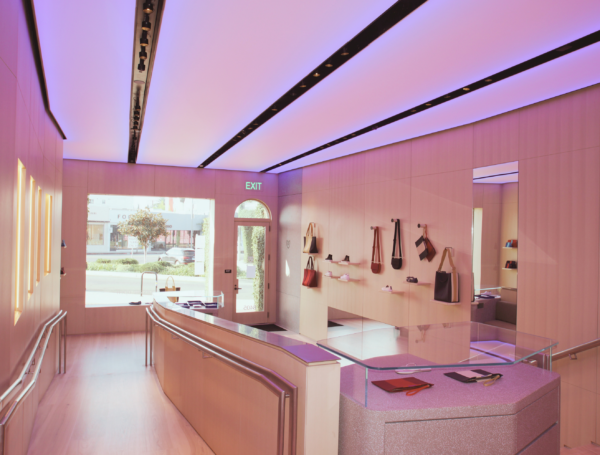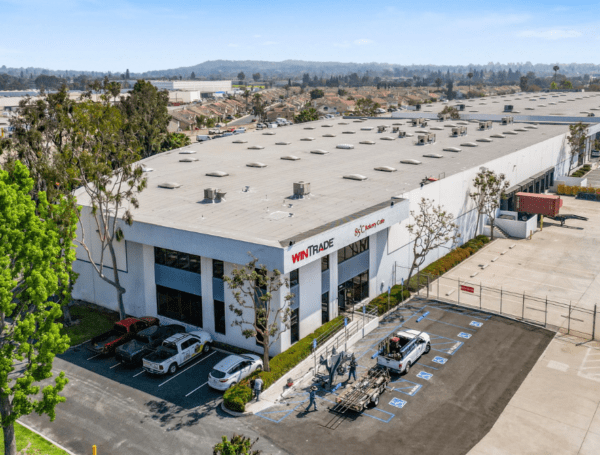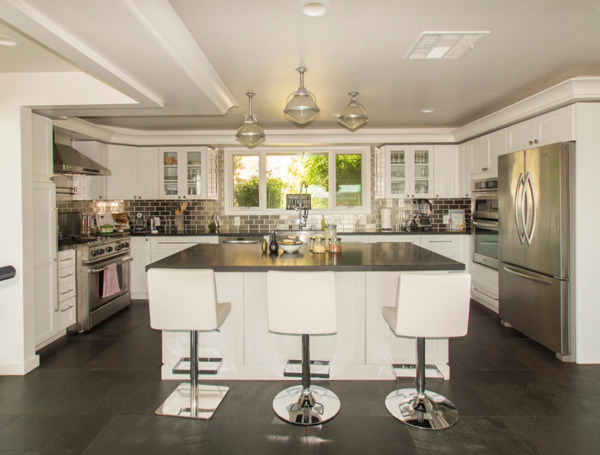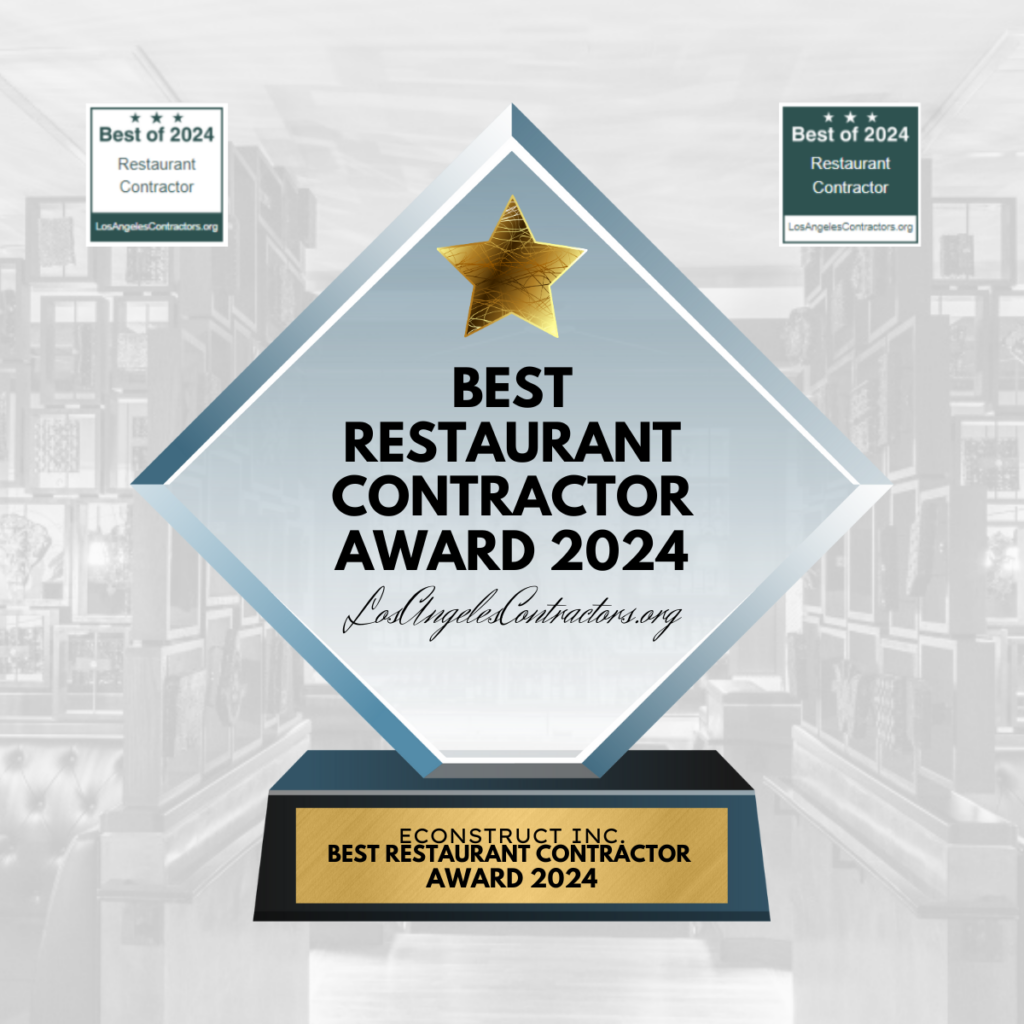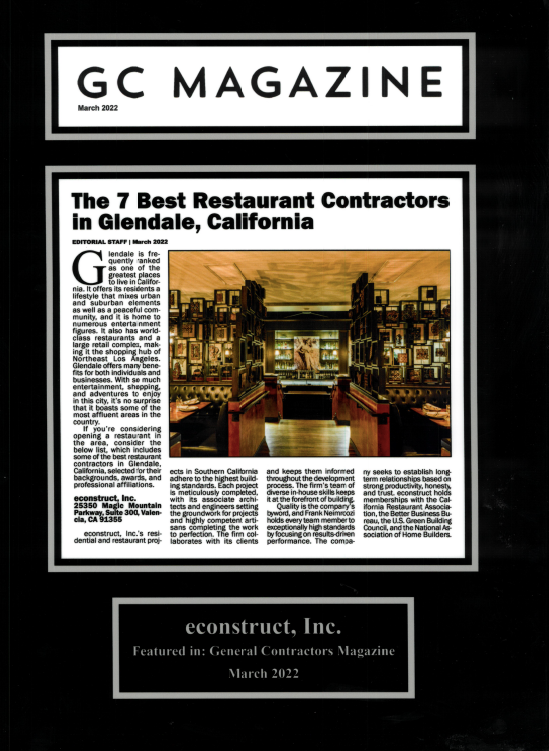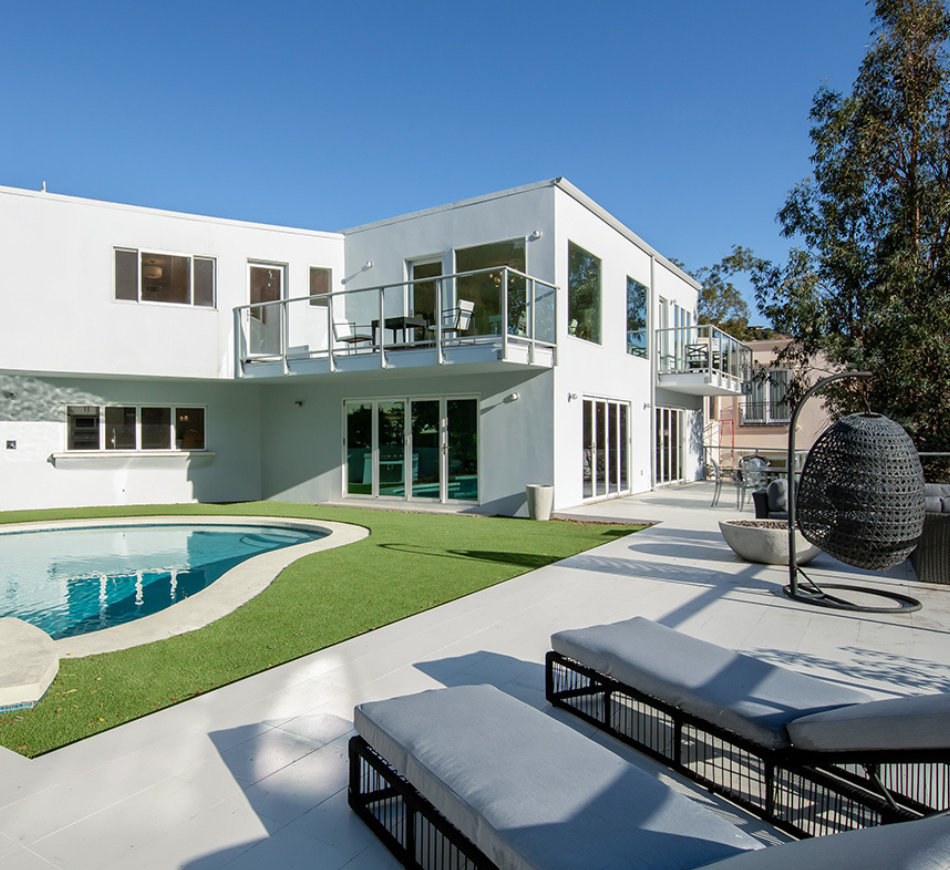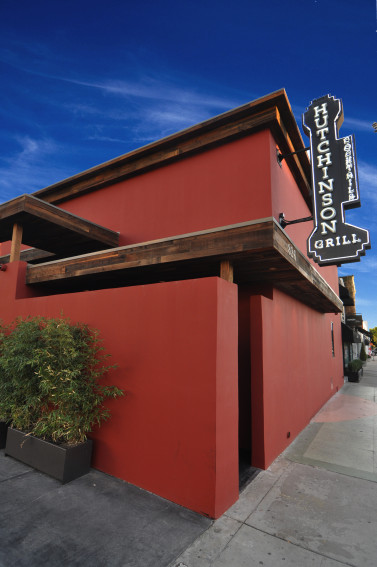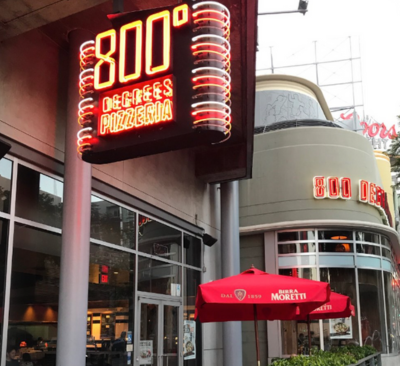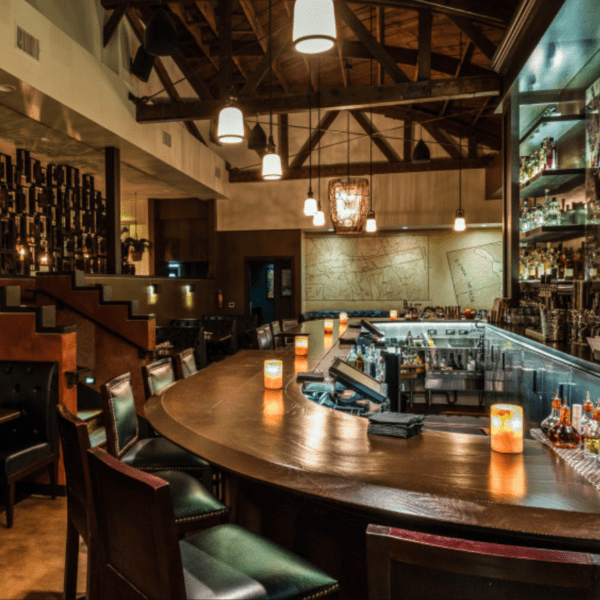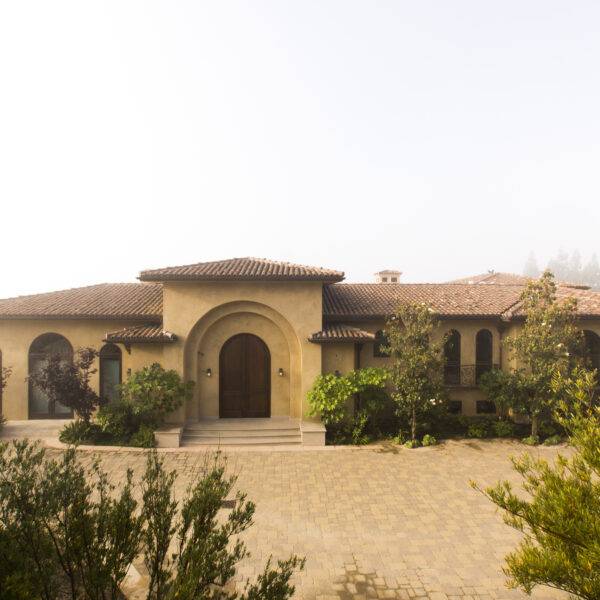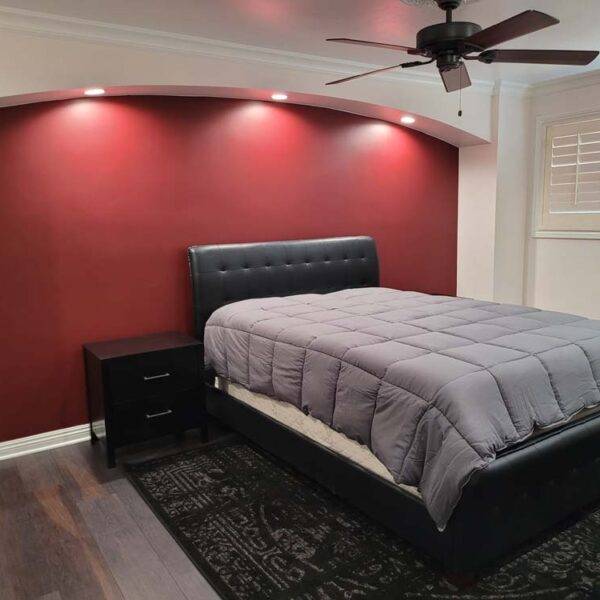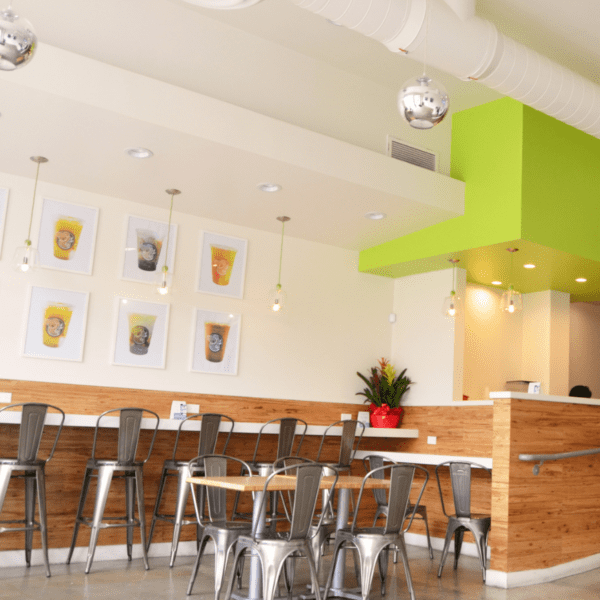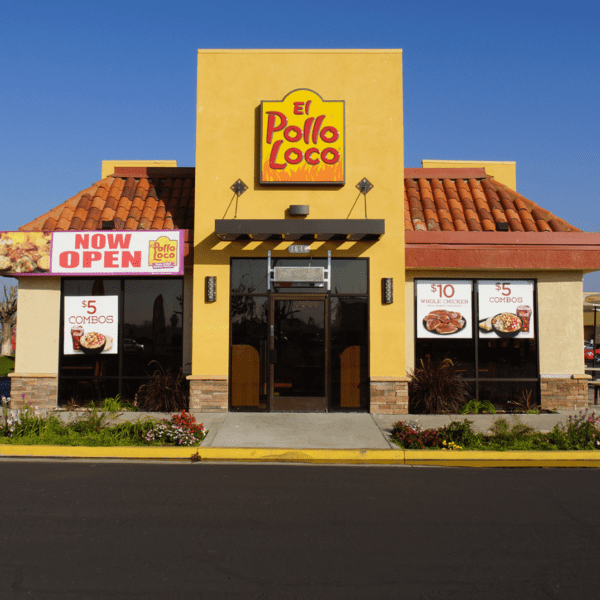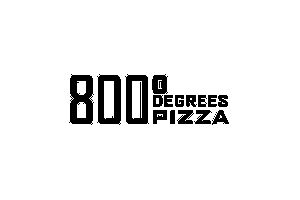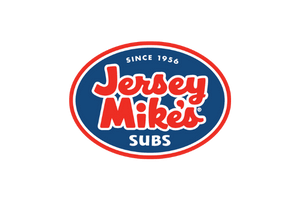
industrial facilities, our team at econstruct has done it all.
Crafting Exceptional Spaces
to Live, Work, Shop and Eat
310.740.9999
Bring Your Ideas To Reality, CALL NOW
Get Started On Your Dream Project
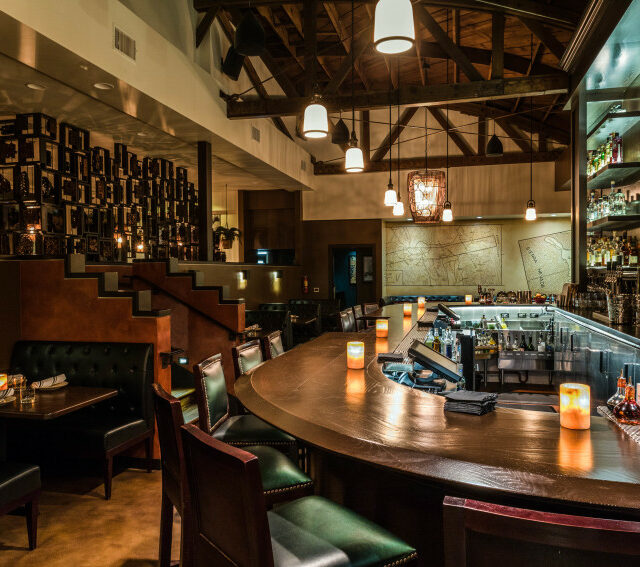
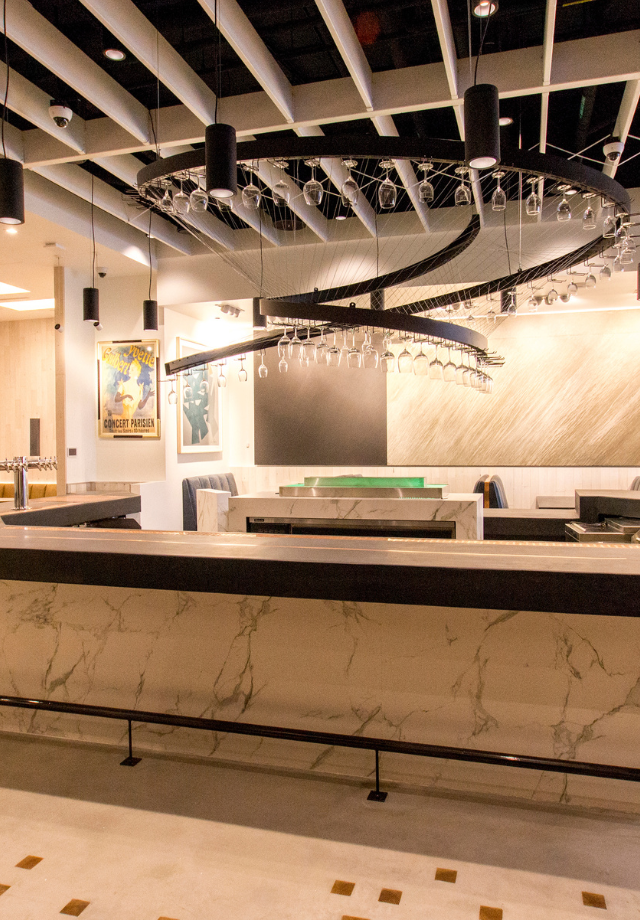


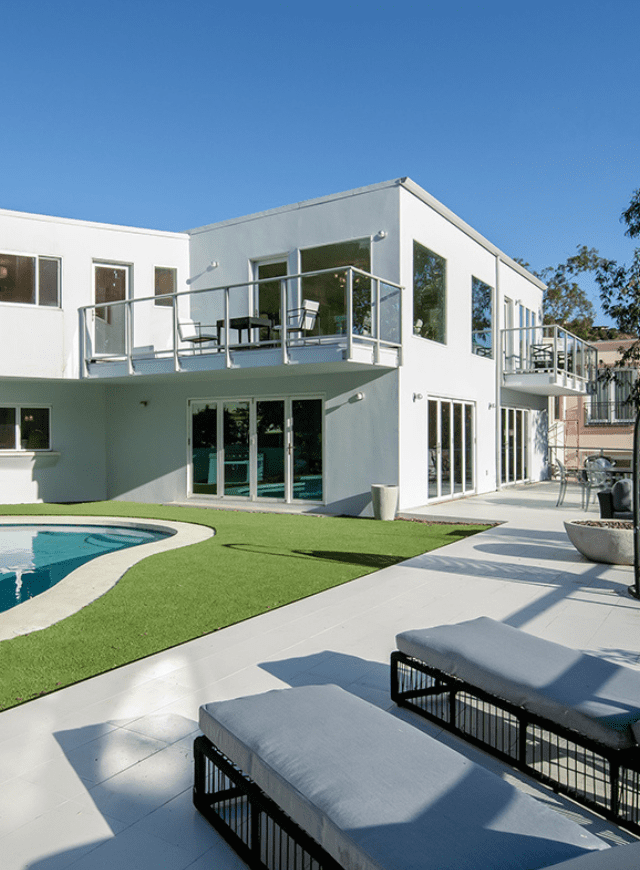
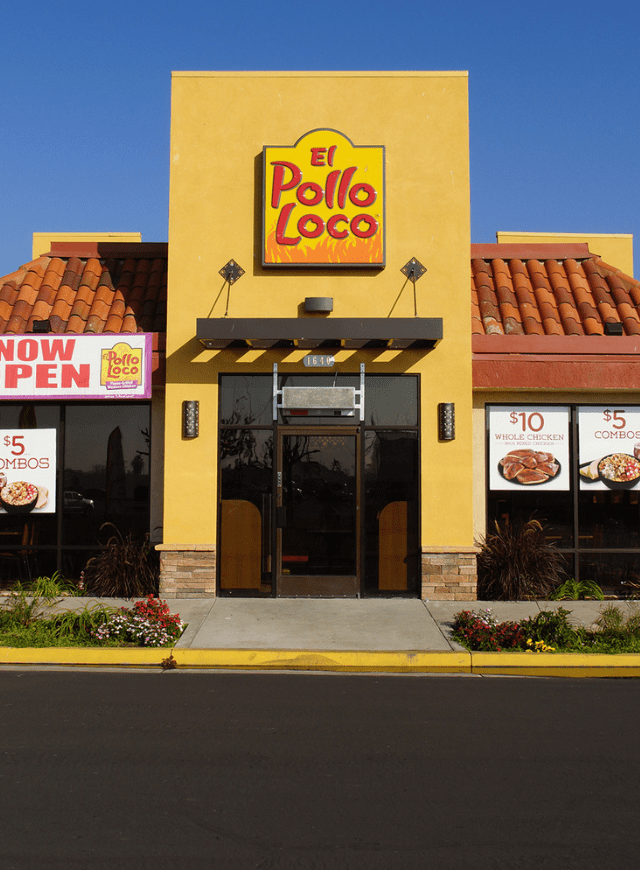
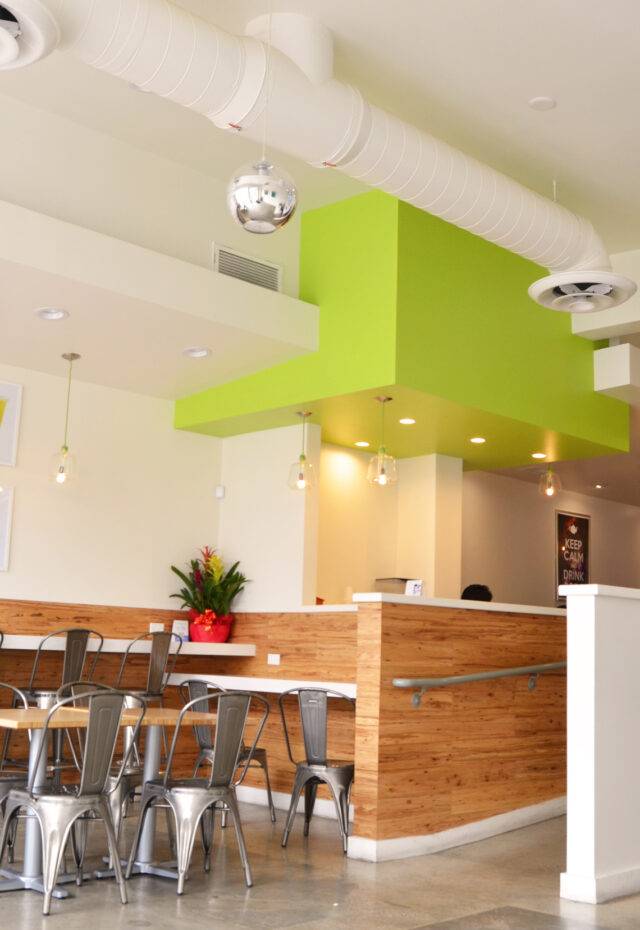
Your Premier Choice for Commercial and Luxury Residential Construction in Los Angeles
Our skills in Office Tenant Improvement and industrial construction position us as a versatile and dependable partner for diverse project types. Beyond being just restaurant contractors, our team excels in Restaurant Remodeling, adeptly rejuvenating spaces to align with the latest trends and customer preferences.
In the realm of residential construction, our expert team is recognized as leading Luxury Home Builders in areas like Beverly Hills, Hollywood Hills, and Calabasas. Our portfolio showcases our dexterity in both commercial and residential domains. Whether you dream of a distinctive restaurant that captivates your customers or a custom-built luxury home that reflects your lifestyle, econstruct is your go-to Custom Home Builder.
Join us on a venture to craft your iconic space in Los Angeles. Contact us today to begin shaping the future of your commercial or residential dreams with econstruct, your trusted Office Tenant Improvement Contractors and more.
Our Services:
Other Services
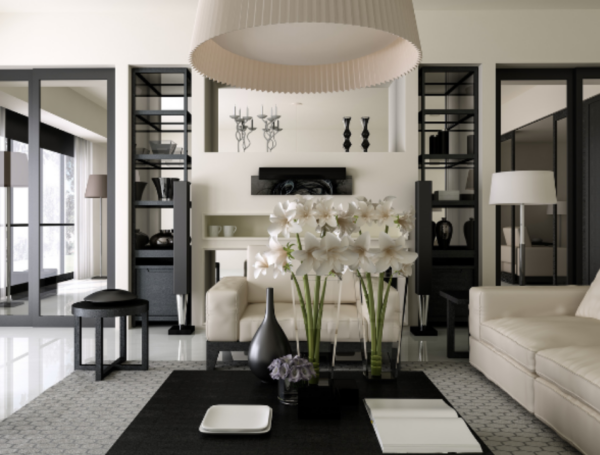
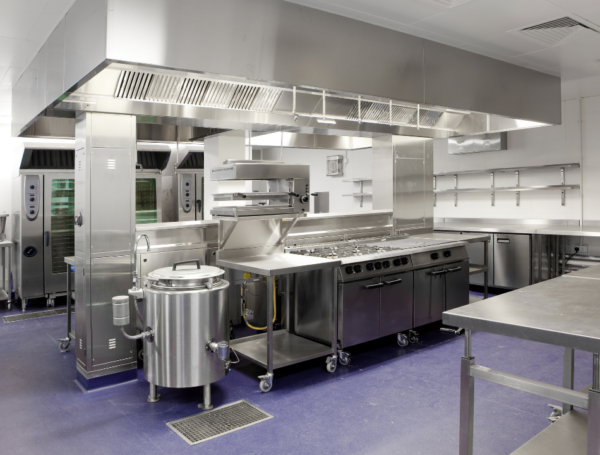
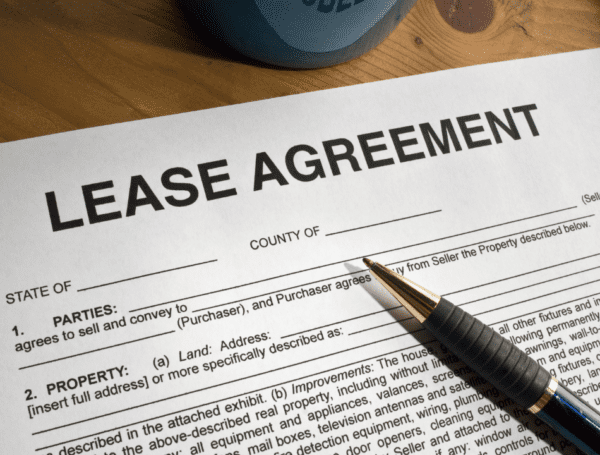
Lease Negotiation

Entitlement/Expediting

Turn-key Build Outs

Architectural Design
Our Tailored End-to-End Construction Process
- Initial Concept and Budgeting
- Design, Engineering, and Plan Development
- Permitting and Concrete/Framing Construction
- Finishes, Fixtures, and Final Touches
- Project Handoff and Follow-Up
Best Restaurant Contractor in Santa Monica, California 2024
Best Restaurant Contractor in Glendale, California 2022
CASE STUDIES
Case Study Devista Hollywood Hills Home Project
Hutchinson Cocktails & Grill - Reimagining Historical Elegance
Transforming 800° Degrees Pizzeria into a Culinary Masterpiece
Transform Your Space: Remodeling with the Best Custom Home Builder in Los Angeles
Meet the leadership
Frank Neimroozi
Robyn Ellis
Client Testimonials



Building with heart, delivering with precision
Blogs
FAQ's
Our restaurant construction services in Los Angeles are distinguished by their tailored approach to each project. We understand that every restaurant concept requires its unique setup and design, depending on the style of service, be it fast food, fast casual, or casual dining table service. By blending innovative design with practical functionality, we create dining spaces that not only offer memorable experiences to patrons, but also significantly enhance the return on investment for business owners.
Our approach to commercial construction projects emphasizes robust project management and a wealth of experience in tackling complex challenges. We pay meticulous attention to detail and rigorously adhere to timelines, especially when managing materials with long lead times. This strategy ensures the smooth progression and timely completion of projects, demonstrating our commitment to delivering high-quality results that align with our clients’ specific needs and expectations.
In Los Angeles, residential construction trends are distinguished by a focus on eco-friendly materials, smart home technology, and indoor-outdoor living designs, all achieved within record-breaking timelines compared to other construction companies. This efficiency, combined with a commitment to sustainability and modern living standards, reflects the unique lifestyle and climate of the region, positioning our projects at the forefront of the industry.
Our industrial construction expertise extends to specialized projects such as food plants, ghost kitchens, and commissaries. Our focus is on constructing these facilities to meet rigorous safety standards and ensure operational efficiency, particularly in the demanding food industry and client’s specific needs. We excel in building spaces that accommodate high-efficiency food processing, setting up advanced technological infrastructures for ghost kitchens, and building commissaries for optimal logistics, all within the unique urban context of Los Angeles.
With over 50 years of combined hands-on experience in a wide range of commercial spaces, including restaurants, retail, food distribution centers, single-family residential (SFR) rehabs, hillside residential construction, and specialty construction, we ensure quality and compliance in our Los Angeles construction projects through a multifaceted approach. This includes strict adherence to local building codes by working closely with city inspectors, conducting daily quality check inspections, and collaborating with industry leading professionals. Our extensive experience across various project types equips us to maintain the highest standards in every aspect of construction, guaranteeing both quality and compliance.
In restaurant construction in Los Angeles, we face several challenges, key among them being clients’ limited understanding of the importance of hiring the right architect. To address this, we provide guidance and assistance in selecting an architect whose expertise aligns with the specific needs of the project. Another significant challenge is maneuvering the plan check procedure at the Los Angeles Department of Building and Safety (LADBS) and the LA County Health Department. Our team has over 50 years of combined partner experience in navigating these complex processes, ensuring compliance with all regulations and minimizing delays.
The partnership between the architect and general contractor during design phase is also vital in these projects to keep costs at budgeted numbers. We emphasize the importance of this collaboration from the outset, ensuring that both parties work closely together. This synergy is key for addressing design and construction efficiently and maintaining the project’s vision while keeping a close eye on cost. By focusing on these areas, we effectively overcome the budget cost over-runs and timeline challenges of restaurant construction in Los Angeles.
Our approach to customizing residential construction projects in Los Angeles centers on a deep, personal collaboration with each client. We initiate this process with in-depth consultations to fully grasp their vision, lifestyle needs, and aesthetic preferences. This dialogue continues throughout the project, ensuring that every decision reflects the client’s desires.
In building food plants, commissaries, and food distribution facilities in Los Angeles, we utilize innovative approaches like implementing specialized latest and most advanced automation technologies, employing advanced refrigeration and climate control systems for product storage, and focusing on hygienic, food-safe materials and designs. Our strategies prioritize efficiency, safety, and sustainability, ensuring these facilities are not only compliant with stringent Health Dept. standards but also optimized for high-volume, high-capacity food production and distribution in a bustling urban environment.
Key considerations for successful restaurant construction in Los Angeles include navigating local building codes and Health Dept. regulations, selecting the right location & building that aligns with the restaurant’s concept and utility needs, ensuring efficient kitchen and dining space design for optimal operation, and incorporating elements that reflect Los Angeles unique style and culture. It’s also crucial to manage project timelines effectively and establish a strong partnership between the architect and contractor to ensure the project aligns with both the vision and practical requirements of the restaurant.
Our approach to commercial construction in Los Angeles caters to the local business environment by prioritizing flexible designs that adapt to diverse business needs, ensuring compliance with stringent local LADBS regulations, and incorporating eco-friendly materials and decor. We emphasize understanding each business unique requirements, from regional and nation retail concepts to office spaces of all sizes, and integrate modern aesthetics and functional layouts that resonate with Los Angeles dynamic and diverse commercial landscape, ensuring that each project not only meets but anticipates the evolving demands of the city’s business community.
What distinguishes our residential construction services in the Los Angeles market is our unwavering focus on client-specific design, the incorporation of cutting-edge smart home technology, and a profound comprehension of the local architectural aesthetics and urban planning standards. This approach ensures that each project not only meets the individual needs of our clients but also harmoniously aligns with the unique character and regulations of the Los Angeles environment.
In Los Angeles, restaurant construction is currently influenced by trends like sustainability, favoring eco-friendly materials and practices, open-concept designs that foster a welcoming atmosphere, and the integration of outdoor dining spaces to capitalize on Southern California’s favorable climate. These trends aim to craft distinctive and attractive dining experiences, aligning with the evolving preferences of patrons and the city’s dynamic culinary scene.


